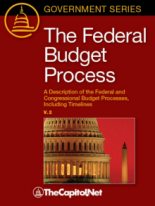“The Complacent Class”
The Complacent Class (Episode 1/5) Compare today to the 1950s. At that time, a typical apartment in New York City rented for about $60 per month, or, adjusting for inflation, about $530 a month. … Or to put that 1950s rent in perspective, the U.S. median wage at that time was about $5,000 a year, … Read more


